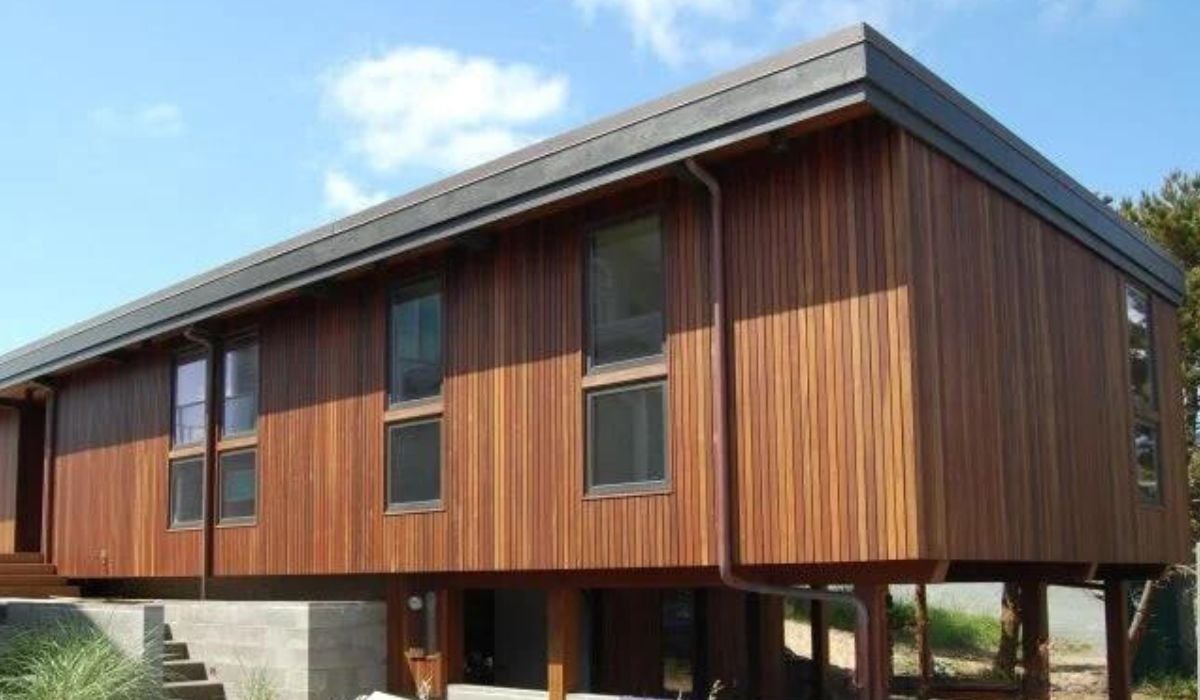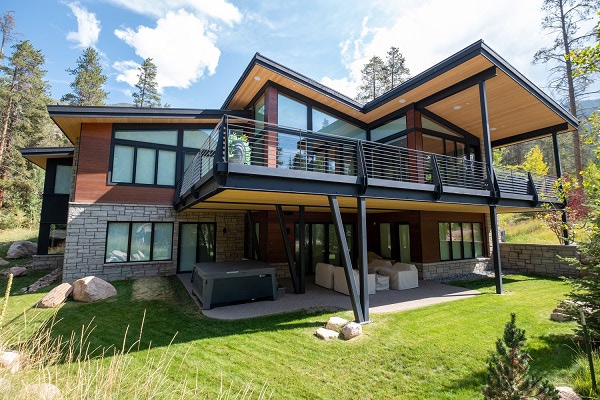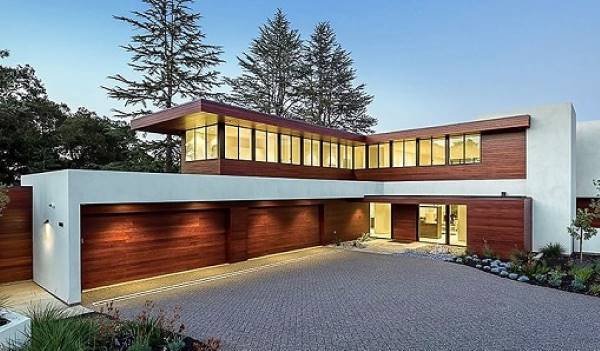
Related Posts



Are you planning a siding project? When you are budgeting for exterior siding for your project, there are two sets of costs to look at. The actual costs to install the siding are one measurement. If you are planning to sell your home or property soon, this may be the important cost for you. However, if you plan to stay in your home or keep your property, the overall costs over time (life cycle costs) become more important.

A well designed and installed wood rainscreen system can add years to the usable lifetime of a project
Life cycle cost measures all the costs of purchasing, owning, maintaining, and operating a piece of equipment or building over the entire usable lifetime. It’s basically a ‘cradle to grave’ measurement and analysis. For a building, life cycle costs include:
The first step of a life cycle cost analysis is to get a price for your siding project. The upfront cost of siding includes all the cost of all materials, permits and labor to install your siding. You could start by getting a siding material quote from a reliable supplier. Then you could get two or three prices from reputable contractors. Then decide which contractor works best for your needs, your schedule, and your budget. This will give you a snapshot of your upfront costs.
RELATED: Siding price comparisons
RELATED: REQUEST A RAINSCREEN SIDING QUOTE TODAY

Hardwood siding lasts longer than traditional softwoods. Ipe hardwood vertical rainscreen in Connecticut
The life cycle cost of siding takes into consideration all the costs associated with your siding throughout its entire usable lifetime. Sometimes the lowest priced siding ends up costing much more in the long run. Here’s what’s involved in a life cycle cost of siding analysis:
When you add up all the above costs, you have your total life cycle cost. If you take it a step further, you can divide your total life cycle cost by the expected usable lifetime. Here’s an example of a simple life cycle cost analysis with a 20-year usable life cycle.
Siding Life Cycle Cost Analysis Example – 20 Year Usability |
||
|
|
Annual Cost |
Total Cost |
|
Materials, installation and permits |
|
$10,000.00 |
|
+ Bi-Annual Cleaning / Maintenance |
$250.00 |
$2,500.00 |
|
+ Demolition and disposal |
$2,000.00 |
|
|
= Total Life Cycle Cost |
|
$14,500.00 |
|
÷ Expected Usable lifetime (years) |
20 |
|
|
= Total Life Cycle Cost per year |
$725.00 |
|
Now look at a siding system that will last for 40 years. If you take that same lifecycle costs analysis and look at the cost of a 40-year siding system, the upfront costs are the same. But the annual life cycle costs are cut significantly.
Siding Life Cycle Cost Analysis Example – 40 Year Usability |
||
|
|
Annual Cost |
Total Cost |
|
Materials, installation and permits |
|
$10,000.00 |
|
+ Bi-Annual Cleaning / Maintenance |
$250.00 |
$5,000.00 |
|
+ Demolition and disposal |
$2,000.00 |
|
|
= Total Life Cycle Cost |
|
$17,500.00 |
|
÷ Expected Usable lifetime (years) |
40 |
|
|
= Total Life Cycle Cost per year |
$425.00 |
|
With the rise of ‘sustainable design’ practices in modern architecture, life cycle costs are more important than ever. Materials with short life cycles create more waste and increase the need for more landfill space. On the other hand, siding and other building materials with longer life cycles create less waste over time. An added benefit of longer lasting siding materials is the life cycle cost per year go down.
Absolutely, and in more ways than one. First, a well-designed and properly installed wood rainscreen system helps the siding last longer. This alone is a savings and improves your life cycle cost value. The second benefit is that the rainscreen system design can help prolong the lifetime of the entire wall system. The savings from not having to rebuild a rotted wall assembly are huge.
 If your siding rots, and then rots your wall, it could lead to large scale costs and disruptions. A well designed rainscreen can minimize mold, health, and safety problems
If your siding rots, and then rots your wall, it could lead to large scale costs and disruptions. A well designed rainscreen can minimize mold, health, and safety problems
Architects and designers are also striving for methods and systems that will increase the lifetime of a building. A well designed and properly installed wood rainscreen can add many years of life to a building, healthily, naturally, and beautifully. Rainscreen helps the building last longer, while performing better. This greatly reduces the annual life cycle costs immensely.

A well-designed and installed wood rainscreen system adds natural beauty and health benefits and can improve your life cycle costs remarkably well.
RELATED: Climate-Shield rainscreen design details and specifications
These are a few key reasons that rainscreen siding systems are specified and installed more frequently all the time. By spacing the siding off the exterior building envelope, a rainscreen cavity is created. This allows the wall to ‘breathe’ and helps keep the building drier – and healthier.
Looking for additional information about rainscreen designs?
DOWNLOAD THE ULTIMATE GUIDE TO WOOD RAINSCREEN SIDING
DOWNLOAD THE RAINSCREEN FEATURED PROJECTS PORTFOLIO


